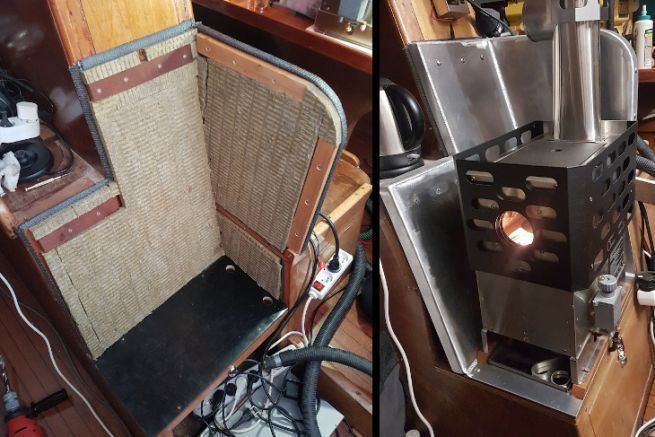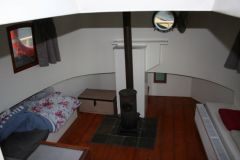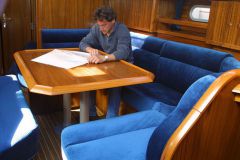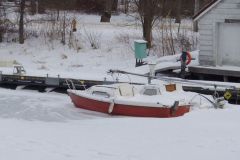Why a diesel stove?
There are many different ways of heating on board. The most common are forced-air heating, water heating and stoves, all of which use diesel fuel. The forced-air alternatives are the most popular, as they are very easy to use, take up little space and provide a pleasant circulation of warm air and are effective against humidity. The water heater works in a similar way, it can be coupled to the engine cooling system and pulses air through one or more air heaters.
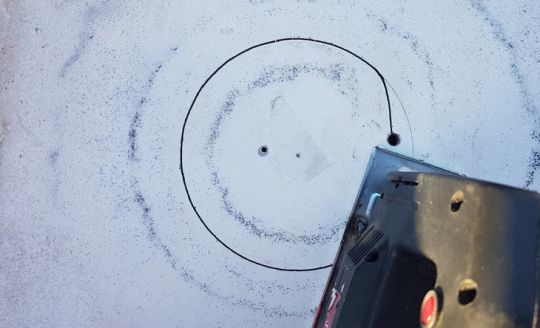
The stove, as we have seen, has the advantages of being autonomous, simple and robust. This makes it a good choice for travel. Some models have a coil that allows you to enjoy all the benefits of water heating.
Choose and prepare a site
The location of the stove is important. Ideally, choose a low, central location, especially if you plan to use it while sailing. It also needs an open space for optimal air intake, usually in the boat's saloon.
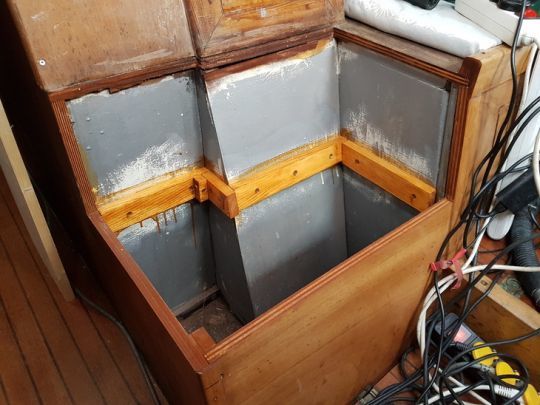
Finally, to ensure a good draft, the chimney flue must be long enough. If it requires elbows, allow for a maximum angle of 45°. On the Arthur, the location of the stove is precisely at the center of gravity of the boat. To optimize the draft, it is useful to provide, if possible, an insulated extension for the outside flue, under the chimney.
Optimize the diffusion of thermal radiation
The hottest areas are the top of the stove and its chimney. If possible, an aluminum or stainless steel liner should be used to absorb and diffuse the heat, attached to insulation.
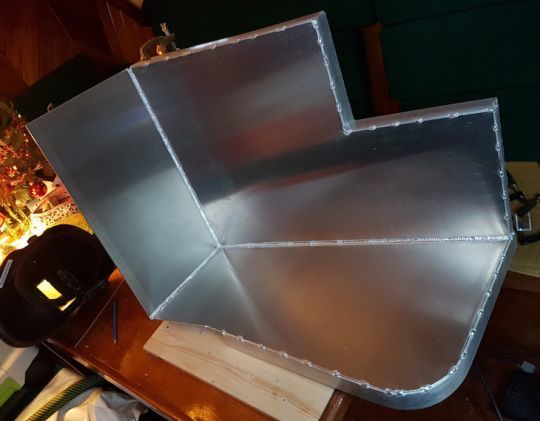
It is important to remember that the radiation will be significant along the entire length of the interior flue. For this reason, it is also useful to allow for ceiling diffusion.
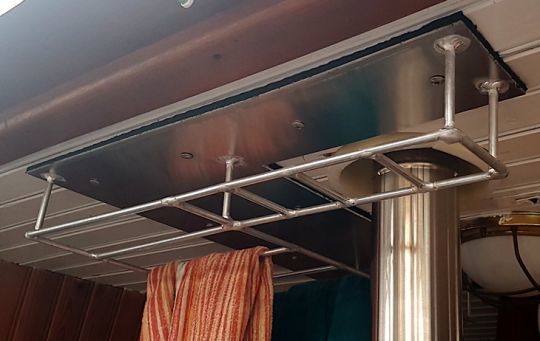
Fuel supply and plumbing
The stove should be connected to a buffer tank located above the carburetor. You can also use a small feed pump, which will however make the installation dependent on the electricity on board. If it has a coil, the water circuit must be studied. To avoid having to add a circulation pump for hot water, the coil should be lower than the consumers (radiators, hot water tankâeuros¦).
Some useful options for our diesel stove
Various options exist and can be considered.
A hot plate on top of the stove is very practical for heating water or a meal.
A barometric regulator located on the chimney, composed of a flap and its counterweight, improves and stabilizes combustion.
Finally, since the chimney is quickly heated, installing a heat exchanger would optimize the stove's performance.
